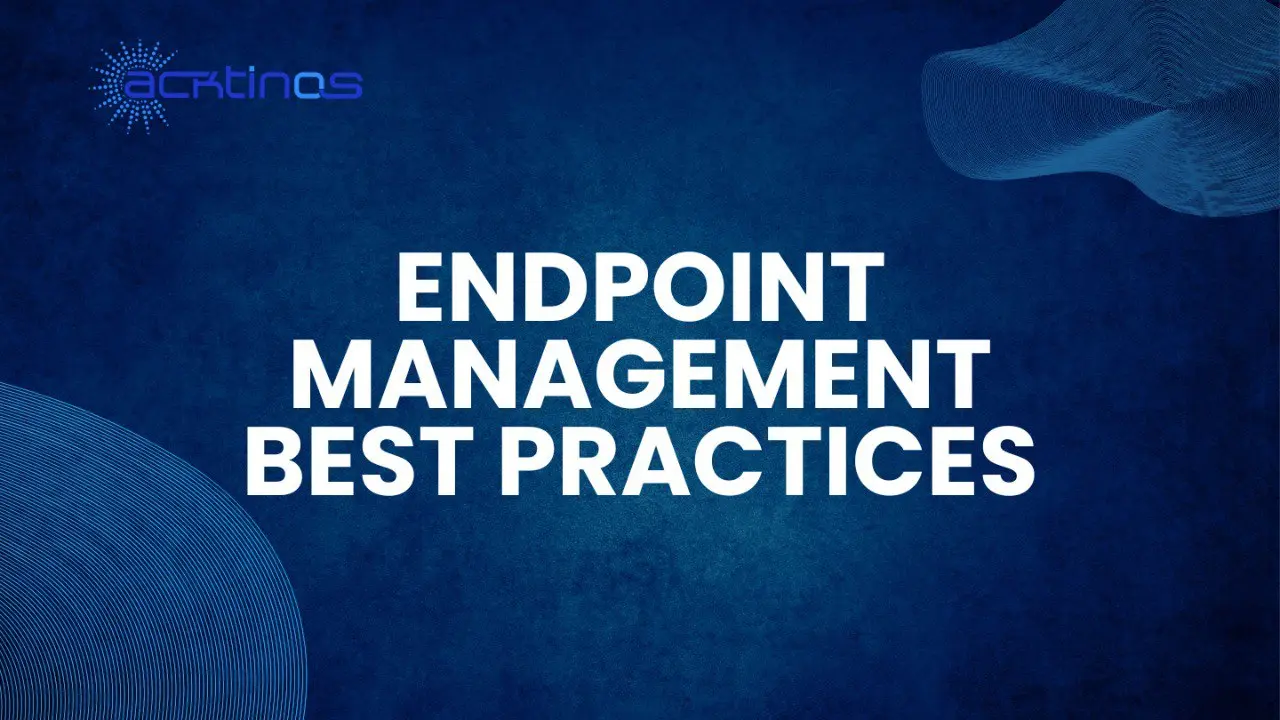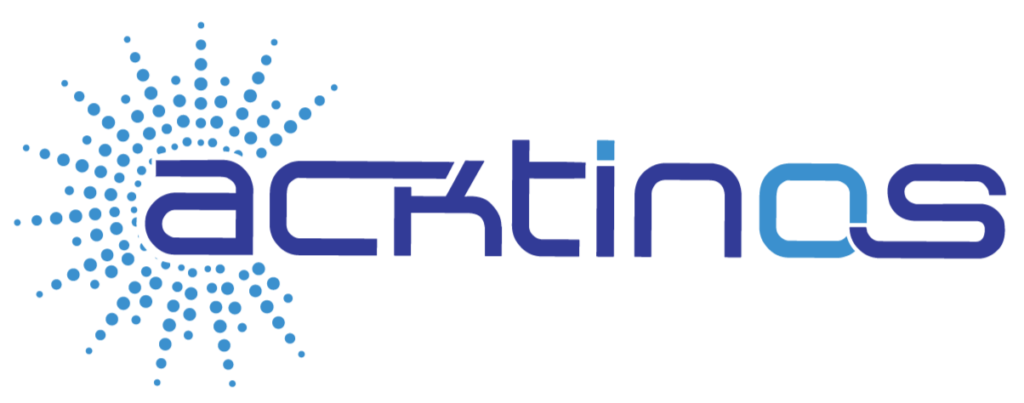The shift to remote and hybrid workforces has redefined how businesses approach cybersecurity and device management. With employees using a range of devices to connect to corporate systems, it’s critical for organizations to have an effective Endpoint Management strategy in place.
In this post, we’ll dive into key Endpoint Management best practices that will help you safeguard your business and ensure smooth operations no matter where your team is working from.
Centralized Endpoint Management System
To effectively manage the growing number of devices, it’s crucial to implement a centralized endpoint management system. A unified platform allows IT teams to:
- Monitor and control all devices from one dashboard
- Apply security patches and software updates remotely
- Enforce company policies on all devices, regardless of location
Centralizing Endpoint Management ensures consistency, improves efficiency, and makes it easier to keep devices secure and compliant.
Implement Robust Security Policies
With remote and hybrid workforces, the threat landscape expands significantly. To mitigate risks, your Endpoint Management strategy must include strong security policies, such as:
- Device encryption to protect sensitive data in case of theft or loss
- Multi-factor authentication (MFA) to strengthen login security
- Remote wipe capabilities to erase data from lost or stolen devices
- Antivirus and anti-malware software to prevent attacks on endpoints
These policies should be tailored to fit your company’s specific needs and regularly reviewed as part of your Endpoint Management plan.
Regular Software Updates and Patch Management
Keeping your endpoints up-to-date is one of the most effective ways to reduce vulnerabilities. Regular software updates and patch management help:
- Close security loopholes that hackers could exploit
- Improve device performance
- Ensure compatibility with corporate applications
Automating this process through your Endpoint Management system is essential for reducing human error and ensuring updates are applied promptly across the organization.
Endpoint Visibility and Monitoring
With a distributed workforce, having visibility into each endpoint’s activity is crucial. Endpoint visibility allows IT teams to:
- Detect and respond to suspicious behavior
- Track compliance with internal policies
- Identify devices with outdated security configurations
- Monitor data access and prevent unauthorized activity
By integrating Endpoint Management with Security Information and Event Management (SIEM) systems, you can automate the detection and response to security incidents in real-time.
User Training and Awareness
No matter how sophisticated your Endpoint Management system is, your employees are still the first line of defense. Regular training and awareness programs can help employees understand:
- The importance of security best practices (e.g., using strong passwords, avoiding phishing attacks)
- How to recognize suspicious activities or unauthorized access attempts
- The correct procedures to follow if a device is lost, stolen, or compromised
Fostering a security-conscious culture ensures that employees know how to protect their devices and sensitive data, which is a critical part of Endpoint Management.
Enable Secure Remote Access
As employees connect to your network from various locations, it’s essential to ensure that all endpoints can access corporate resources securely. Some best practices include:
- Virtual Private Networks (VPNs) for encrypted access to internal systems
- Zero Trust Networks (ZTNA) to continuously verify user and device security before granting access
- Secure Cloud Solutions that allow employees to access corporate applications without compromising security
By managing remote access through a unified endpoint solution, you can ensure secure, seamless access to the resources employees need to stay productive.
Endpoint Backup and Disaster Recovery Plans
Endpoints are vulnerable to data loss due to hardware failure, cyberattacks, or user errors. It’s essential to implement:
- Automatic cloud backups for all critical business data stored on endpoints
- Disaster recovery plans to restore data quickly if an endpoint is compromised or lost
Integrating backup solutions into your Endpoint Management strategy ensures that data is protected and can be recovered quickly, minimizing downtime.
Device Lifecycle Management
Managing the entire lifecycle of each device from procurement to decommissioning is essential for reducing risks. This includes:
- Onboarding new devices securely with proper configurations and policies
- Tracking device usage and ensuring compliance over time
- Offboarding old devices securely, ensuring data is wiped and sensitive information is protected
Endpoint Management must include asset tracking and decommissioning protocols to safeguard your business throughout the entire lifecycle of each device.
Automation of Endpoint Management Tasks
Automation is key to effective Endpoint Management. By automating repetitive tasks like software updates, security scans, and patch management, your IT team can:
- Increase efficiency by eliminating manual efforts
- Ensure consistent security configurations across all devices
- Respond to issues faster with automated alerts and remediation
Using a centralized endpoint management tool that integrates automation allows IT teams to scale their efforts without sacrificing security.
Conclusion
With the rise of remote and hybrid workforces, Endpoint Management is crucial for companies. By following these, you can protect your organization’s endpoints and maintain business continuity.
A comprehensive Endpoint Management strategy will safeguard your business from evolving threats, improve operational efficiency, and ensure that your team can work seamlessly, no matter where they are.


